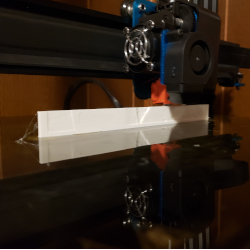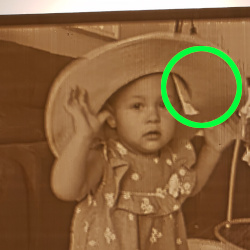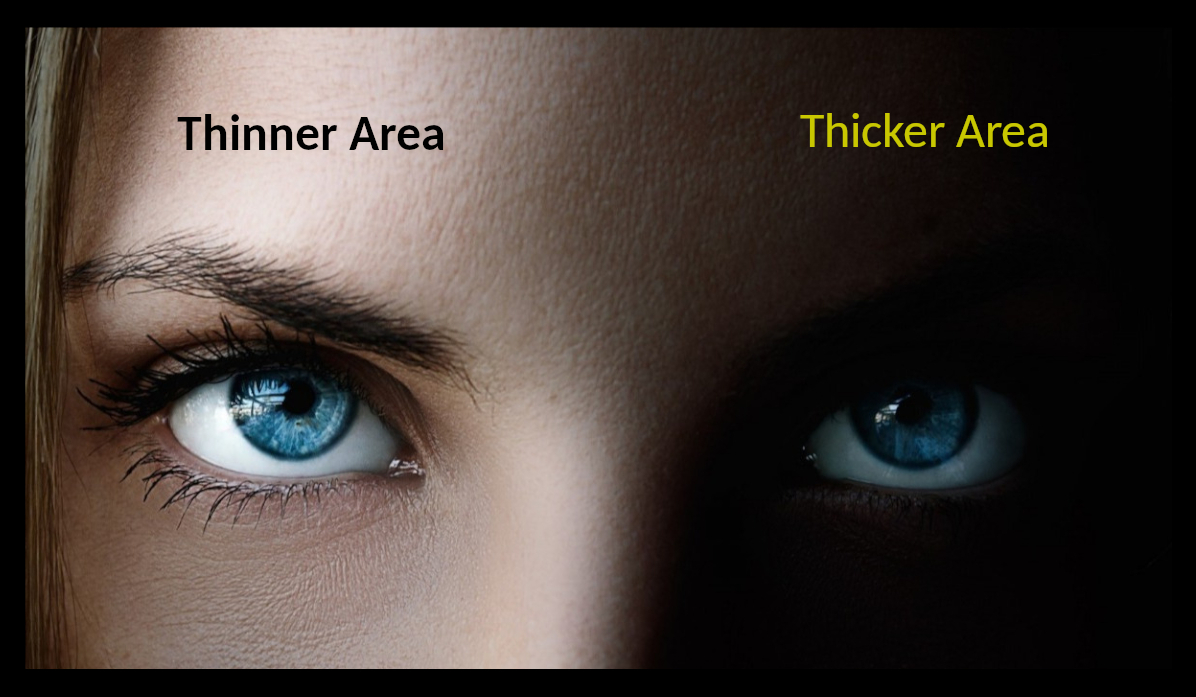Originating in the 1820s, Lithophanes were originally etched or molded artwork in very thin translucent porcelain that can only be seen clearly when back lit with a light source.
We use a process called Fused Deposition Modeling (FDM) to create unique one of a kind masterpieces that you'll treasure for years to come. When back-lit properly, the process is capable of turning your photograph's into a unique 3D image that's both interesting and beautiful to look at.
A lithophane presents a three-dimensional image - completely different from two-dimensional engravings and daguerreotypes that are "flat". The images change characteristics depending on the light source behind them. Window lithophane panel scenes change throughout the day depending on the amount of sunlight. The varying light-source is what makes lithophanes more interesting to the viewer than two-dimensional pictures.

We use a process called Fused Deposition Modeling (FDM) to physically print a unique one of a kind masterpiece...

All our lithophanes are made from a durable plastic called Polyethylene Terephthalate Glycol-Modified (more to as PETG)...

The surface quality of FDM (fused deposition modeling) prints has improved drastically in the last few years but...
We've written software that analyzes each pixel in your image to produce a height-map of that image. A height-map is data that contains displacement information of that image. This can be imagined as a gray scale image where black represents the maximum height and white represents the minimum height. We then use this data to generate a 3D mesh of the image that we can manipulate into a fully 3D model of the image.

If you're ready to get started you can visit our shop by clicking this button.
Take me Shopping!